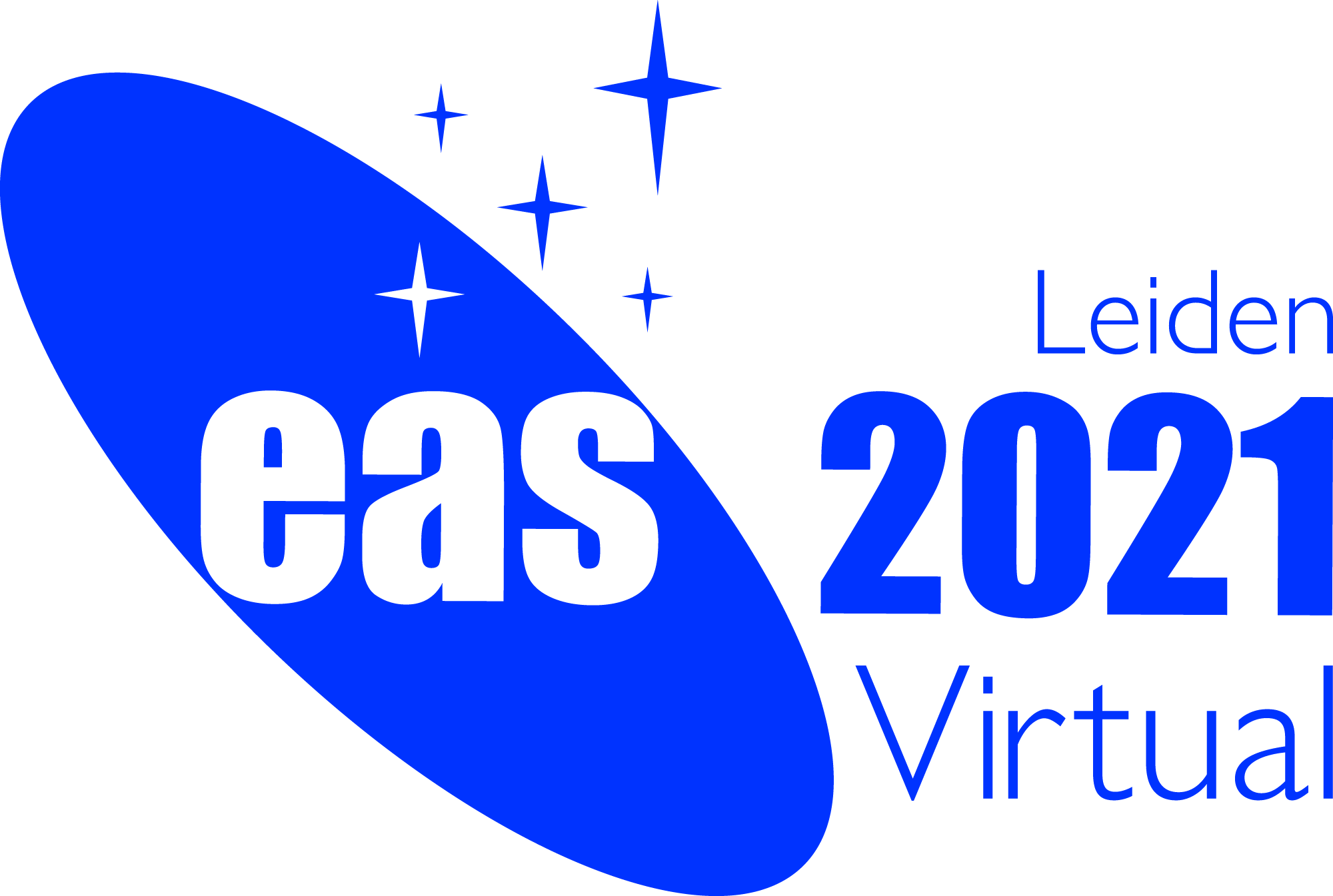Special Session SS18
2 July 2021
Shining Light on Quiescent Black Holes with Tidal Disruption Events
Aims and scope
 Tidal disruption events (TDEs) are a rapidly growing new class of multi-wavelength, multi-messenger astrophysical transients originating in the disruption of stars by supermassive black holes (SMBHs). In recent years, they have established themselves across several topics in astronomy for their unique ability to probe SMBH demographics, near-horizon SMBH environments, unusual regimes of accretion physics, and circumnuclear dust properties.
Tidal disruption events (TDEs) are a rapidly growing new class of multi-wavelength, multi-messenger astrophysical transients originating in the disruption of stars by supermassive black holes (SMBHs). In recent years, they have established themselves across several topics in astronomy for their unique ability to probe SMBH demographics, near-horizon SMBH environments, unusual regimes of accretion physics, and circumnuclear dust properties.
This is a special moment in time to collectively reflect on the possibilities ahead in these fields. With the advent of more sophisticated optical time-domain surveys (e.g. ZTF, ASAS-SN), TDEs are being discovered at a rapidly accelerating pace. Looking at the near and far future, the German/Russian SRG satellite with the eROSITA instrument is expected to discover up to hundreds of TDEs per year, and the Rubin Observatory up to thousands per year. The 2020s will therefore witness the transformation of TDE science into the study of populations, enabling their exploitation as tracers of SMBH phenomena, including SMBH binarity which is highly relevant for the ESA-led mission LISA.
In anticipation of this TDE demographic shift, this session will bring together experts on TDEs and on fields where TDEs promise the most impact. The goals are to share information and, identify the most pressing challenges and promising opportunities for collaboration.
Programme
- The TDE field in transition towards population studies: state of the art in both observational and theoretical aspects of TDEs will be reviewed with an outlook into the era of wide surveys.
- The environments of SMBHs and their phenomena: quiescent and active galactic nuclei are extreme environments, where TDEs represent just one of a plentiful of other stellar and gas (hydro)-dynamical phenomena, all linked to each other.
- TDEs as tools to study the origin and growth of SMBHs: TDEs are the sole means of discovering the vast majority of SMBHs in distant quiescent galaxies, and in AGN too faint for electromagnetic detection. in the era of large samples, TDEs will therefore potentially be unique diagnostic tools to infer supermassive black hole demographics and reveal their cosmological evolution and link to galaxies.
Invited speakers
- Tiara Hung (UC Santa Cruz): Overview of TDE Observations
- Jane Dai (University of Hong Kong): Theoretical Review of TDEs
- Fabio Antonini (Cardiff University): Quiescent Galactic Nuclei
- Andrea Merloni (MPE): AGN variability and eROSITA
- Priya Natarajan (Yale University): SMBH Seeds and their Growth
- Jenny Greene (Princeton University): IMBH and SMBH Demographics
Scientific organisers
Nicholas C. Stone (chair, Hebrew University), Elena Maria Rossi (co-chair, Leiden University), Peter Jonker (co-chair, SRON/Radboud University), Iair Arcavi (Tel Aviv University), Elena Gallo (University of Michigan), Erin Kara (MIT), Zoltan Haiman (Columbia University), Kimitake Hayasaki (CBNU), Marta Volonteri (IAP).
Contact
|

 A power cut will shut down all EAS services on Tuesday, 10 January 2017 starting at 7:30 CET.
A power cut will shut down all EAS services on Tuesday, 10 January 2017 starting at 7:30 CET.


